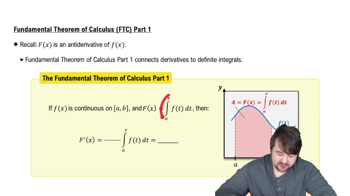Differential Estimates of Change
In Exercises 35–40, write a differential formula that estimates the given change in volume or surface area.
The change in the lateral surface area S = πr√(r² + h²) of a right circular cone when the radius changes from r₀ to r₀ + dr and the height does not change






